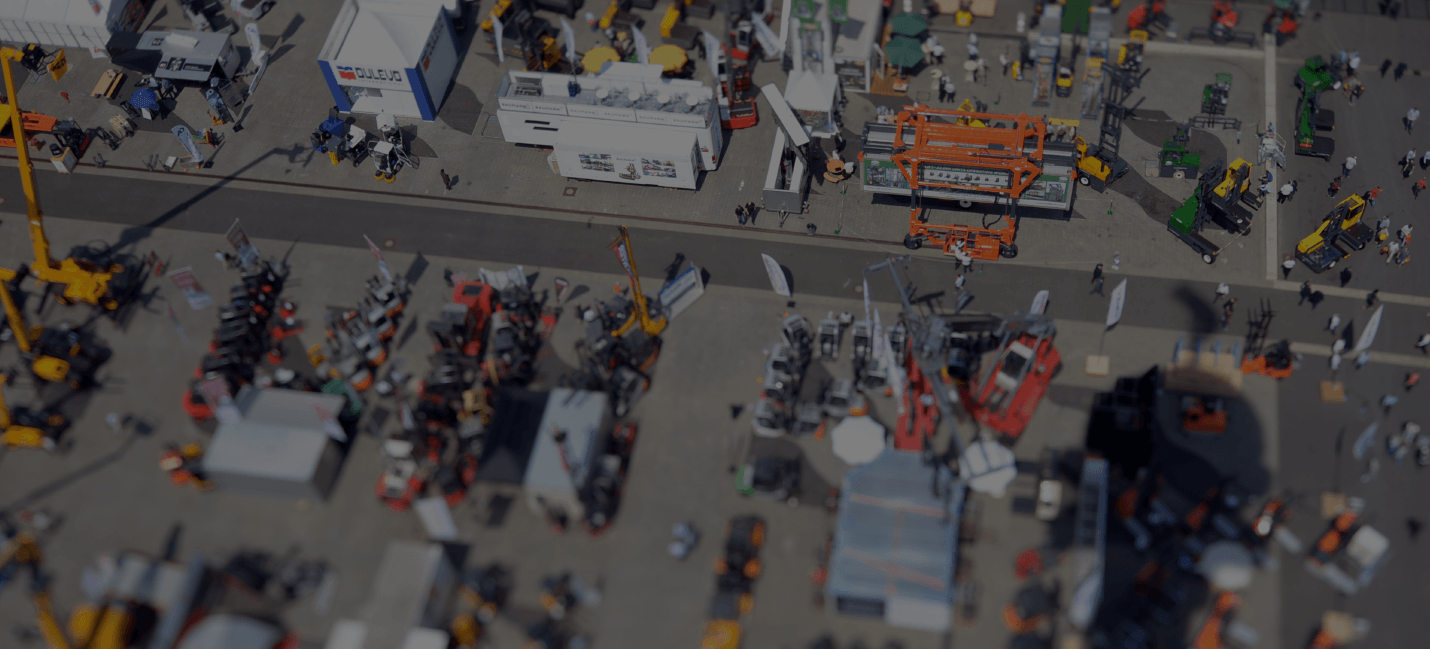5 lessons for the supply chain from COVID-19
Were we fooling ourselves? Is localising the answer? Will COVID-19 hamper automation investment in the future?
The current upheaval has provided supply chain managers with crucial lessons – as raised in the first of the Supply Chain Pandemic Response Discussions from CeMAT Australia.
Johannes Fottner, Professor of Logistics Engineering, Technical University of Munich – speaking with Rob O’Byrne, founder and CEO of Logistics Bureau - left us with some key take-aways.
- Everything was optimised – except robustness
In previous years, supply chains worked well because everything from inventory to cost was optimised. This was smart and correct. The problem was they were fragile. When conditions changed unexpectedly, many companies were left scrambling for solutions.
- A hybrid between global and local is needed
A global supply chain is important for a global economy and competitive pricing, but it has taken instability and disruption on a global scale to make us realise that local sources are also important – especially for critical goods.
- In the next 2-3 months companies need to measure data and conditions cautiously and continuously
It is important not to over-react based on the current situation. Localising the whole supply chain is not the answer. It’s also not good for the world economy. For now, companies need to watch carefully and analyse the data to make wise decisions accordingly. Identify issues and remember them.
- Under-reacting is also a mistake
There is an opportunity to redesign the supply chain based on the lessons we learned from the Coronavirus pandemic. But will we take them? There is a danger of looking back and adopting a mindset that minimises the disruption and dis-incentives change.
- Investment in automation will increase
Rather than being more conservative with investment, automation will become an even greater priority for those that can. Smart factories are those with humans working side by side with automated systems. Robots don’t care about viruses, so incorporating them into the supply chain is an advantage.
This 30-minute discussion is also available for you to watch in full.


